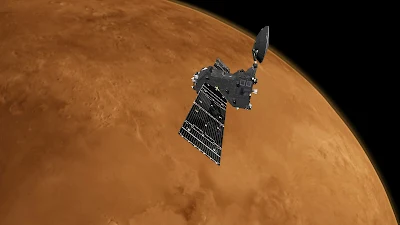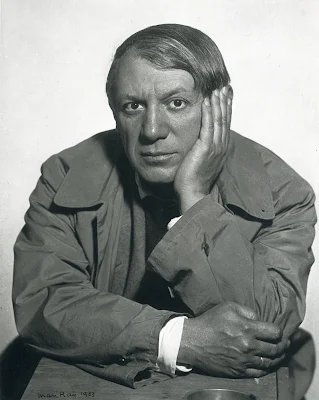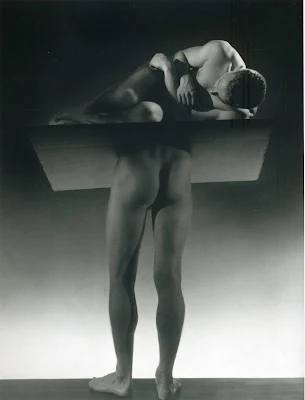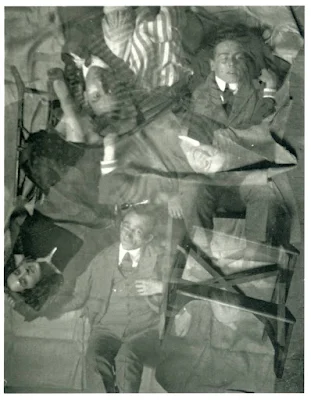Η
ευρω-ρωσική αποστολή έστειλε φωτογραφίες υψηλής ανάλυσης από τον Κόκκινο
Πλανήτη. Image of a 0.9 mile-size (1.4 kilometers) crater (left-center) on the
rim of a larger crater near the Mars equator. It was acquired at 7.2
meters/pixel by the Colour and Stereo Surface Imaging System (CaSSIS) aboard
the European Space Agency's ExoMars Trace Gas Orbiter. Credit:
ESA/Roscosmos/ExoMars/CaSSIS/UniBE
Η
διαστημοσυσκευή Schiaparelli μπορεί να συνετρίβη στον Άρη τον Οκτώβριο, αλλά το
μητρικό σκάφος Trace Gas Orbiter (TGO), που τέθηκε σε τροχιά γύρω από τον
Κόκκινο Πλανήτη, τα πάει θαυμάσια και ήδη έστειλε τις πρώτες φωτογραφίες.
The first stereo
reconstruction of a small area in Noctis Labyrinthus on Mars, created by the
Colour and Stereo Surface Imaging System (CaSSIS) aboard the European Space
Agency's ExoMars Trace Gas Orbiter. The image gives an altitude map of the
region with a resolution of less than 65 feet (20 meters). Credit:
ESA/Roscosmos/ExoMars/CaSSIS/UniBE
Οι
επιστήμονες δήλωσαν πολύ ικανοποιημένοι από την ποιότητα των φωτογραφιών του Άρη
που τράβηξε η υψηλής ανάλυσης κάμερα CaSSIS (Colour and Stereo Surface Imaging
System) του σκάφους από ύψος μόνο 250 χιλιομέτρων πάνω από την επιφάνεια.
Τι
φωτογράφησε
A structure called
Arsia Chasmata on the flanks of one of the large Martian volcanoes, Arsia Mons.
This view was created by the Colour and Stereo Surface Imaging System (CaSSIS)
aboard the European Space Agency's ExoMars Trace Gas Orbiter. The width of the
image is around 16 miles (25 kilometers). The formation is volcanic in origin,
and pit craters are visible. Credit:
ESA/Roscosmos/ExoMars/CaSSIS/UniBE
«Είδαμε την περιοχή Hebes Chasma με ανάλυση
2,8 μέτρων ανά πίξελ. Είναι περίπου σαν να πετάς πάνω από τη Βέρνη με 15.000
χιλιόμετρα την ώρα και ταυτόχρονα τραβάς καθαρές φωτογραφίες των αυτοκινήτων
στη Ζυρίχη», δήλωσε ο καθηγητής Νίκολας Τόμας του Πανεπιστημίου της Βέρνης,
επικεφαλής της πολυεθνικής ομάδας που κατασκεύασε την υψηλής τεχνολογίας κάμερα
CaSSIS.
Δείτε
ένα βίντεο που δόθηκε στην δημοσιότητα με τις εικόνες που κατέγραψε το σκάφος
TGO. A showcase of some of the first and highest resolution images acquired
by the Colour and Stereo Surface Imaging System (CaSSIS) on the ExoMars Trace Gas
Orbiter on 22 November 2016. The first image sequence shown was taken at a
distance of 5300 km with a resolution of 60 m/pixel, about 44 minutes before
closest approach. It illustrates how CaSSIS acquires data by taking images in
colour simultaneously: at panchromatic, red, near-infrared and blue
wavelengths. A 3D reconstruction of a small area in Noctis Labyrinthus is also
presented, based on a stereo pair of images taken, and presented with an
altitude map with a resolution of less than 20 m. Next, a spectacular
high-resolution image sequence acquired during closest approach of 235 km
altitude is presented. At this time, the spacecraft was flying over the Hebes
Chasma region. The highest resolution data acquired is at 2.8 m/pixel. The
flyover is shown at half the speed at which the data were acquired. Credit:
ESA/Roscosmos/ExoMars/CaSSIS/UniBE
Με
επιτυχία επίσης δοκιμάσθηκαν οι αισθητήρες NOMAD και ACS που θα αναλύσουν τα
αέρια στην αρειανή ατμόσφαιρα, με έμφαση στο μεθάνιο, ένα οργανικό στοιχείο που
θα μπορούσε να έχει ακόμη και βιολογική προέλευση, δηλαδή μικροβιακή ζωή κάπου
στον πλανήτη.
Artist’s impression
of the ExoMars 2016 Trace Gas Orbiter at Mars. Credit: ESA/ATG medialab
Ένα
τέταρτο όργανο, το FREND, που κι αυτό δοκιμάσθηκε με επιτυχία τις τελευταίες
μέρες, θα ψάξει για υδρογόνο κοντά στην επιφάνεια του Άρη, πράγμα που μπορεί να
υποδηλώνει την παρουσία νερού. Το TGO -η επιτυχία του οποίου πέρασε απαρατήρητη
εξαιτίας της αποτυχίας του Schiaparelli- αποτελεί την πρώτη φάση της
ευρω-ρωσικής αποστολής ExoMars, το δεύτερο στάδιο της οποίας θα είναι η αποστολή
ενός ρομποτικού ρόβερ στον Άρη το 2021.
Για
να γίνει όμως αυτό, θα πρέπει πρώτα να βρεθούν τα αναγκαία χρήματα και, προς
τούτο, συνέρχονται αυτή την εβδομάδα στη Λουκέρνη της Ελβετίας οι υπουργοί
Έρευνας από τα κράτη μέλη της ESA για να λύσουν το πρόβλημα χρηματοδότησης.
Πηγή:
ESA










































































































































































